Vinegar properties
In recent years many competitors of white vinegar have appeared in Spanish pantries. For example, the particular flavour of balsamic vinegar, which is already an essential for salad lovers, has been joined more recently by rice vinegar, which is used to prepare sushi.
TRIED AND TESTED
Share
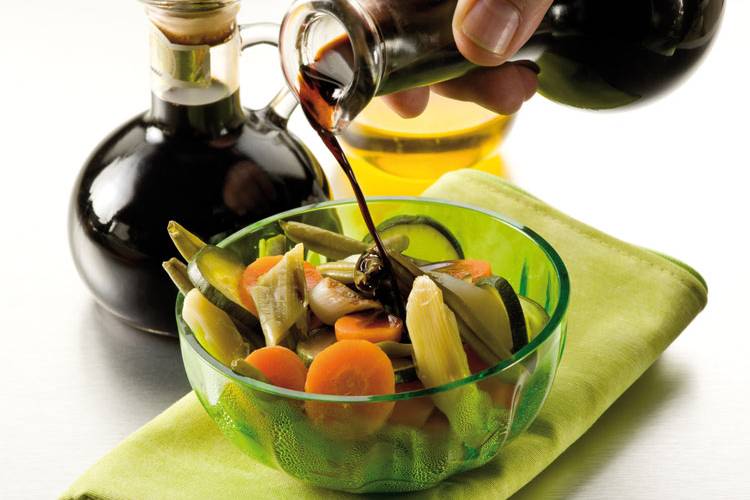
Vinegar is usually associated with salad dressings, but there is a wide range of varieties available. Each one has a main ingredient with a specific flavour, aroma and properties. Each type of vinegar therefore offers several possible uses and many options for food combinations.
The origin of vinegar is linked to that of wine, as it is the next step in alcohol fermentation. In fact, the word vinegar comes from the Latin “vinum” meaning wine, and “acre” meaning sour. For this reason, talking about vinegar implies talking about acetic acid, which is produced after this second fermentation and is responsible for its distinctive flavour and aroma.
LOW-CALORIE FLAVOUR
Despite its strong flavour, vinegar hardly contains calories. 4 kcal are estimated per 100 grams. In general, it is low in nutrients and does not contain vitamins, although it does contain small amounts of iron and magnesium. These contents vary depending on the main ingredient.
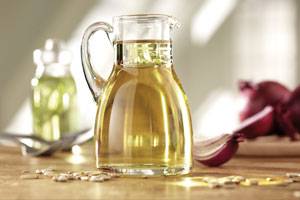
WHITE
This is one of the most used vinegars, both for cooking and for disinfecting and cleaning the house. It comes from the fermentation of alcohol and cane sugar. It has a stronger taste than other types, and because of this, it is used not only in salads but also for fish and sauces.
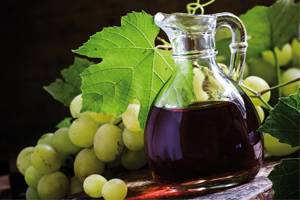
WINE VINEGAR
This is made with grape juice. It is the most common vinegar in Europe and is generally used with meat. Wine vinegar includes the following: Port vinegar, extracted from the wine of the same name, and sherry vinegar, made from the acetic fermentation of sherry. It is of certified Spanish origin and artisan production.
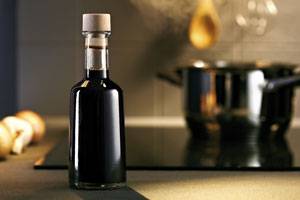
BALSAMIC
It has a sweet flavour and a distinctive density, aroma and dark colour. It comes from the town of Modena(Italy). It matures in wooden barrels for several months. It is the only vinegar which should have nutritional information on the label, as it contains sugar.
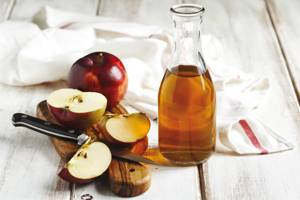
APPLE CIDER VINEGAR
This has a milder flavour. It aids digestion, is satiating and purifying.
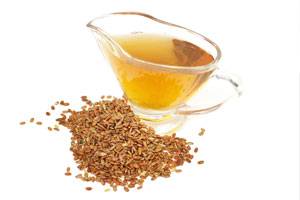
RICE VINEGAR
Similar to white vinegar, but more acidic. It is used to season oriental dishes, particularly tomake sushi.
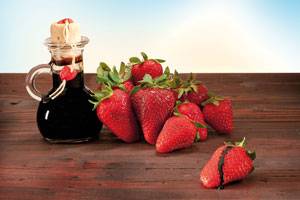
FRUIT VINEGAR
As well as apple, thereare other less-known types of vinegar, the main ingredient of which is fruit:banana, orange, pineapple or strawberry.
OTHER USES
• Preservative: it is used in the food industry to make brine, marinades and pickles. In this case, vinegar flavoured with herbs such as dill, tarragon, garlic or rosemary are generally used.
• Disinfectant: it is used diluted in water to clean glass objects or surfaces, and on wooden floors. It also removes rust and limescale, and is therefore used on taps and in small electric appliances such as irons or coffee makers. However, its effects can be negative on other materials such as marble. It is also used to wash clothes.
• Beauty: white vinegar was traditionally used for hair care ; more recently, apple cider vinegar is also used in home-made masks or treatments to improve skin condition.
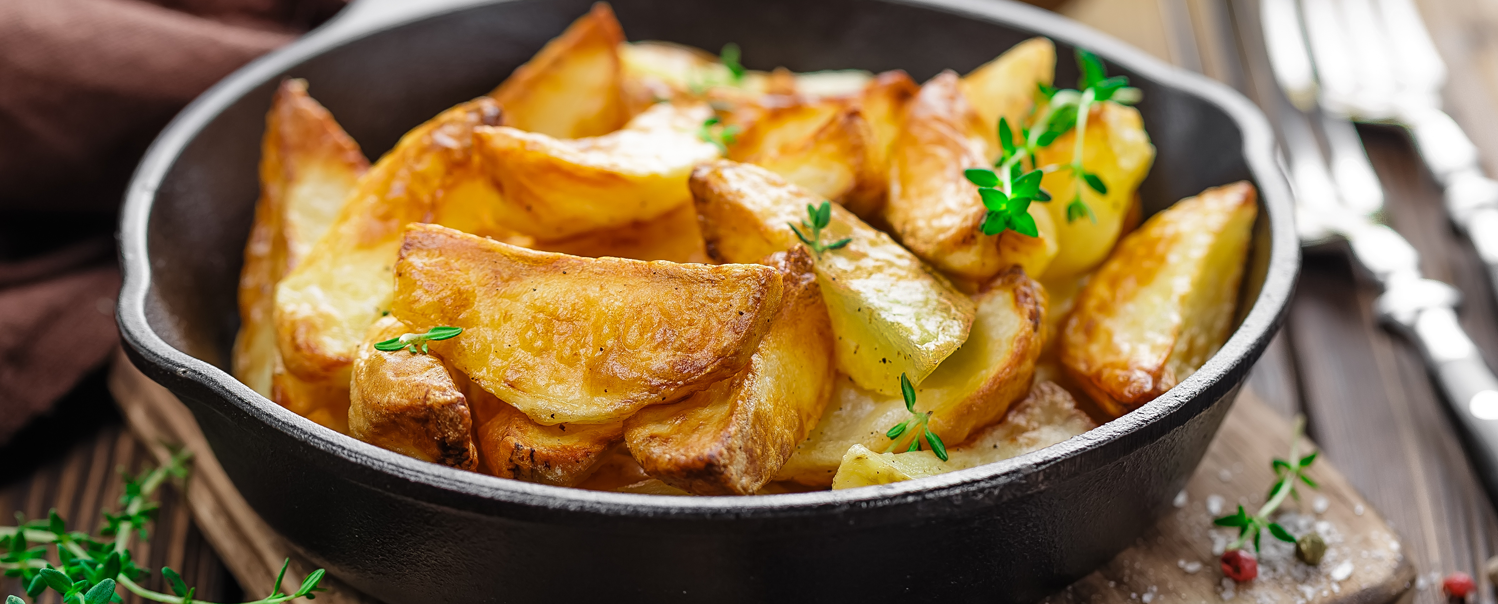
Chips, please!
We tell you all about this basic food
Chips, please!






